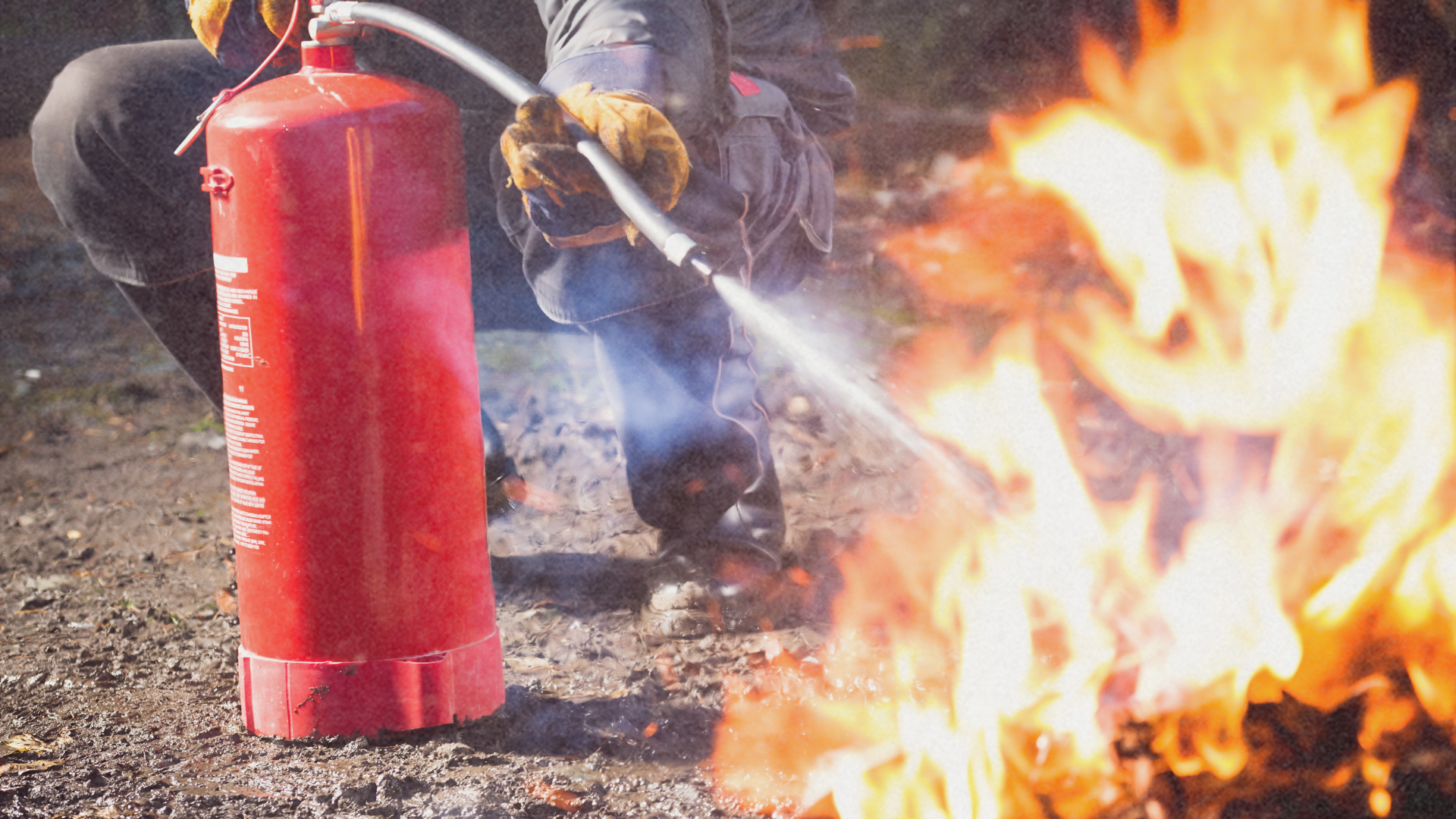For Gemma, it was an outing she would never forget.
Her gay photographer friend had invited her and others for a camping-photoshoot weekend in Cavite. Gemma thought nothing of joining friends at a fun-filled weekend. Several others, whom she was not previously acquainted with, came along including Jack, an attractive male model who was hired for the shoot. In the van, Jack showered Gemma with smiles and attention. She caught him casting looks her way and he regaled her with stories whenever he got the chance.
When the group arrived and shoots were set up, Gemma realized too late that she had just joined a nudity and gay erotica-themed shoot. Most of the photographers who had come were gay. As a result, the atmosphere, especially among the men, was charged with sexual excitement. Although she felt uncomfortable, Gemma was not afraid because there were other women in the group, most of the men were gay, and there was a happy spirit of camaraderie among them. When evening came, they set up tents in the open fields. Alcohol was brought out, and Gemma could hear the rowdy laughter and boisterous voices in the other tents.
Some time after midnight, she got out of her tent for a breath of fresh air and found Jack who was very eager to talk to her. They unrolled a mat on the grass and started talking about every conceivable thing. It was romantic: there was a full moon, the farmland grass was fragrant and a carabao was serenely munching away at a distance. They began to kiss.
At first, Gemma felt a surge of excitement until Jack started to unbutton her jeans. She started to panic. Sensing that the events were about to turn wrong, she pushed against Jack who was already on top of her, saying “Sandali…huwag!” (“Wait a minute…don’t!”) but he was too heavy and too strong. At this point he had already penetrated her. In a few minutes, it was over. But the damage was done; she bled profusely and the entire act was filled with pain.
But still, Gemma refused to say anything the next day and acted as though nothing happened. She laughed and joked with the others, but inwardly, she felt ashamed and dirty. Years later after recounting the details to a friend who was also at the shoot at the time, she was asked why she didn’t scream when she was being assaulted. Gemma said, “Kasi nakakahiya.” (“It was embarrassing.”) When it was suggested that she file a case against Jack, she could not entertain the idea because years had already passed since the incident happened. Gemma could not imagine how she would be able to prove her story under such circumstances, even if she did want to push charges.
In fact, during her entire ordeal, all Gemma could think of was how to keep the others from hearing them. In her mind, the assault was her responsibility. It was her choice to spend an intimate time with a man she hardly knew. She allowed him to touch her. If he had forced her to go all the way, it was her fault, and she didn’t want anyone else to point out the obvious.
Date rape: more common than we think
While most people think of rape as things that happen in dark alleyways where the attacker or group of attackers target an unknown woman and threaten her with a weapon, date rape, the kind that happens between two people who know each other or who have a relationship, is much more common.
On a more intimate level, this also happens between husband and wife, but is termed as “marital or spousal rape.” Because of the access the attacker has on the victim, it is much easier for the perpetrator, usually a male, to carry out the act. In such cases, this person can either be a lover, an ex-lover, a colleague, a friend, or a recent acquaintance, especially those that victims meet over the Internet or on the phone as a “chatmate” or “textmate.”
Baby, not her real name, agrees with this kind of definition. When she was involved with a student of a university noted for its vast campus estate, she would often go to his dormitory to visit him. On one occasion, her boyfriend took her to a secluded place within the campus, which was famous for its romantic views. When they got there, the quiet and romantic date quickly turned into horror when the boyfriend forced himself on her. Baby was quickly repulsed by his advances because she remembered that they were outdoors and anyone may easily chance upon them.
Upset at the turn of events, Baby left the campus full of remorse and a crumbling self-esteem. After much reflection and getting the courage to tell a confidante, she was told that she should have reported her boyfriend to the authorities for not behaving in an “honorable” way. Baby never considered this possibility because in her mind, she says, she did not consider the incident as a rape because of the existing relationship with the perpetrator at the time, despite the fact that unwanted force was involved.
Likewise, the student, whom she would eventually part from, did not view the incident as rape either. Baby’s lack of determination to seek justice stemmed from the fact that she didn’t know how to prove her allegations. Neither did she want to go through the shame of telling her family and the authorities what had happened. She also didn’t want to be inspected for lacerations or injuries. However, the incident continued to disturb her psychologically in the years to come.
Rape statistics
According to Nationmaster.com, a website that collates data from the CIA World Factbook and other sources, there were 2,585 reported cases of rape in the Philippines in 2009. In the U.S. the Rape Abuse and Incest National Network reports that every two minutes, a woman is sexually assaulted, a figure that amounts to about 213,000 victims in a year. Around 60 percent of these crimes go unreported with about 15 out of 16 rapists escaping conviction. About two-thirds of assaults are committed by people known to the victims.
In the Philippines, the Women’s Crisis Center reported something similar with 9 out of 10 incidents going unreported to the police. In the “Date Rape” episode on Reporter’s Notebook aired on GMA 7 last September, Maki Pulido said that statistics from the Criminal Investigation and Division Group (CIDG) show there are about 3,366 cases of reported rape in 2010 while the figure was at 2,180 in 2011.
However, due to the stigma associated with rape and the cultural attitude of Filipinos on crimes against chastity, these statistics are deemed not reflective of the problem. Keeping quiet about the ordeal is an attitude quite common among rape victims, especially in the Philippines where most cases go unreported because of the fear of being stigmatized as “damaged goods.”
“Eyeball” meetings that lead to date rape
Some experts note a worrying trend of increasing date rape incidence among younger victims. A survey of reported incidents in the media affirm this alarming pattern. In recent times, more girls,especially those aged 12 to 18, have reported being victimized by chat mates or text mates who woo them over the Internet or the phone so that they can meet for an “eyeball” and then assault them in the perpetrator’s home, their own home or a friend’s house.
Often, alcohol is involved. Some victims claim they were drugged. In the Philippines, the more common date rape drugs are “Ativan” or Lorazepam and Rohypnol. These are often accessible online. Experts note that victims are getting younger and younger due to the ever-increasing popularity of meeting new people over SMS or online chatting.
The Anti-Rape Law of 1997 or R.A. 8353 has been expanded to include date rape and marital rape, as well as other forms of sexual abuse such as penetration using objects. Although the law has been designed to protect victims, enforcement is still a problem due to certain cultural aspects which prevent victims from speaking out and seeking legal measures to appropriate justice. Many victims would still want to put such incidents behind them and this includes letting the perpetrators go scot-free.
Prevention measures
Sadly, the circumstances surrounding date rape will continue to make it a silent crime where perpetrators are not charged for wrongdoing while victims continue to suffer in silence, often many years after the crime is done.
Other than encouraging rape victims to immediately report the incidents to authorities or to their families, families can focus on “prevention” measures, which involve long-term investments such as education, upbringing and spending time with their sons and daughters. A strong social support group is key to change since the nature of rape prevents the crime from coming to light without the support or advice of close family or friends. It will be recalled that in the case of Given Grace Cebanico (a student of University of the Philippines – Los Banos), it was the suspect’s grandfather who was responsible for bringing his grandson to justice.
Parents must cultivate strong bonds with their children so that they will be transparent about all their actions. They must be able to know the details of their children’s social life in cyberspace. And often, a child with a good relationship with his parents will volunteer information and not shroud his activities in secrecy.
Sometimes, it is understandable when a victim thinks that “it is her fault” that she is raped. Whether through irresponsibility, carelessness and thoughtless actions, naively entering circumstances that give rise to promiscuity, or hiding social activities from their families, are often present and precede a rape incident.
But these should never be used to justify letting a perpetrator go free or for the victim to blame herself for the rest of her life. What is needed is greater vigilance and awareness. Victims must have the courage to report the crime so that perpetrators will stop raping others. Furthermore, people must remember that any sexual act that involves unwillingness on one of the parties, subsequent force, and deception, regardless of the existing relationship, is considered rape.
*Names have been changed to protect the identity of the victims.






